The Spectrum of Data-Driven CX (And Why There’s No Magic Metric)
Experience Investigators by 360Connext
FEBRUARY 6, 2024
We know CX teams can deliver significant business advantages: Satisfied customers are much more likely to purchase more Revenue grows 40% faster by providing personalized experiences Businesses achieve a 2.3x CX teams use a variety of metrics to guide their efforts, drive improvements, and measure ROI. Net Promoter Score What is it?

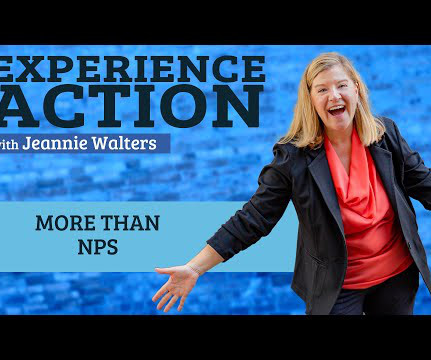




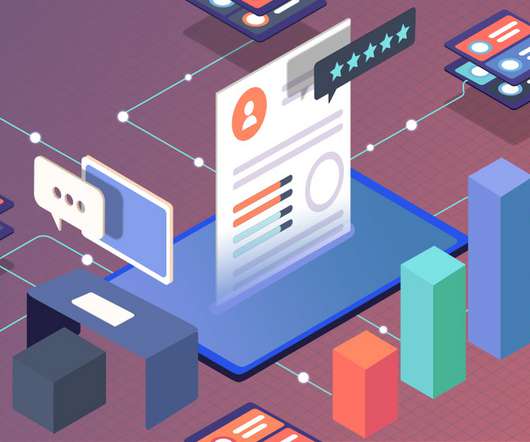





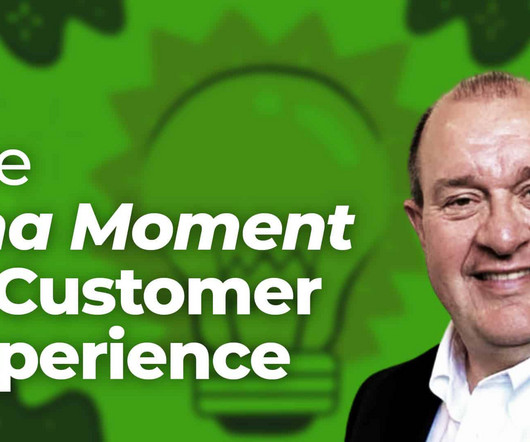
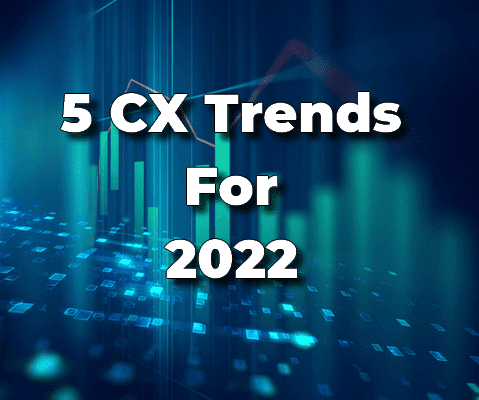
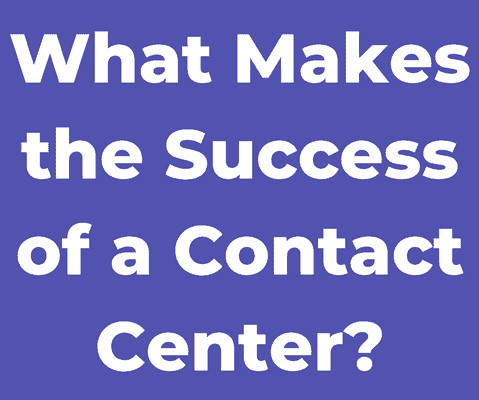










Let's personalize your content